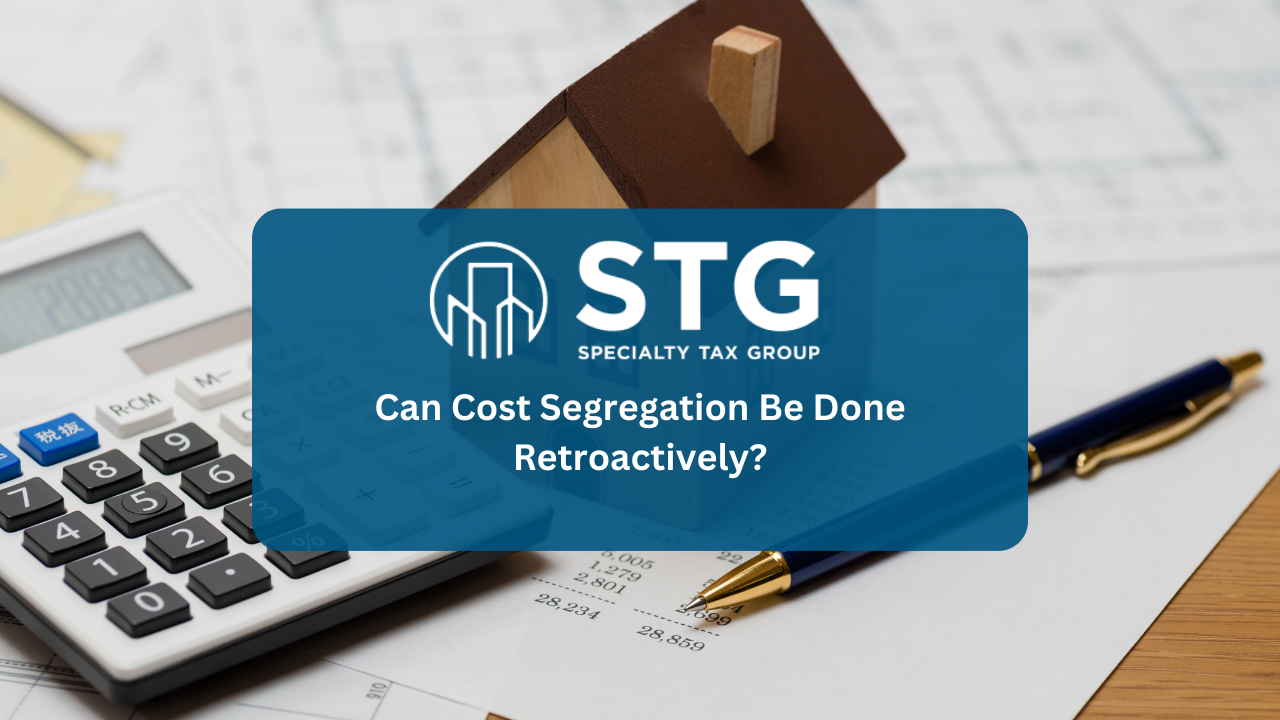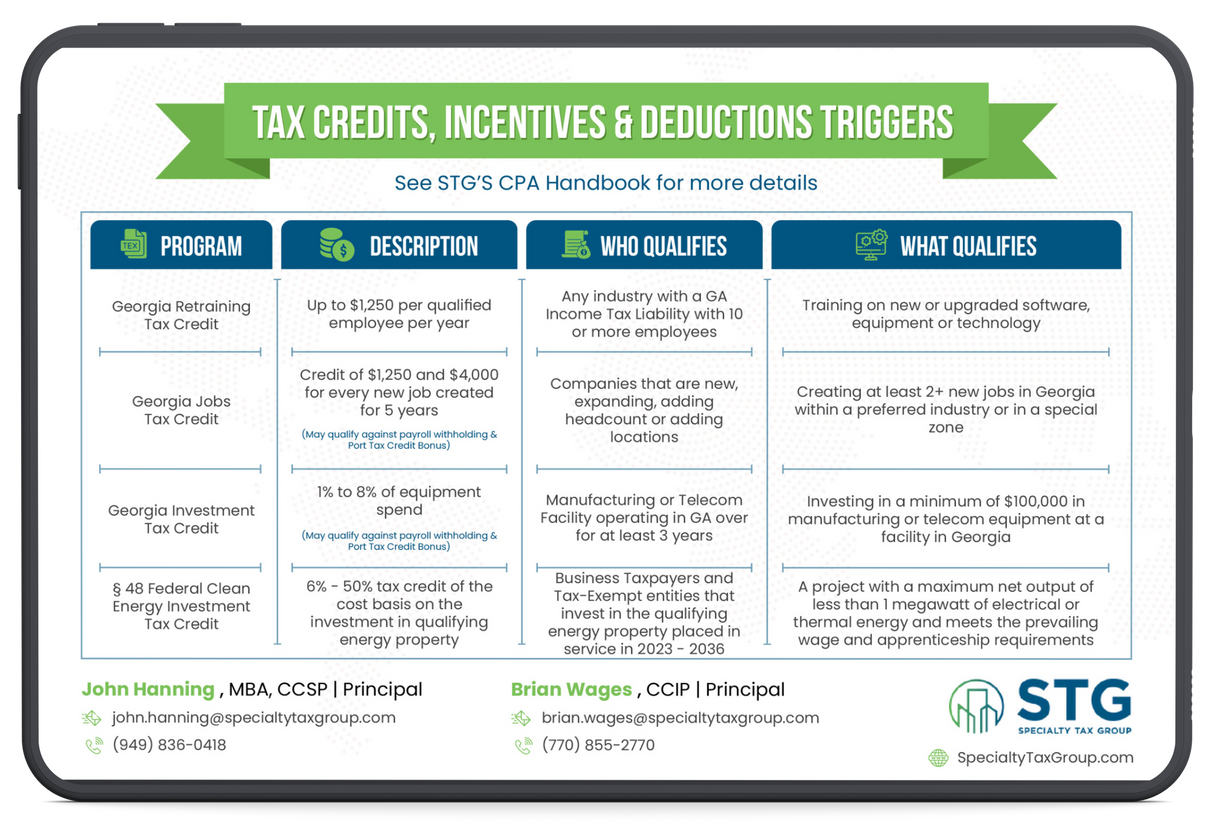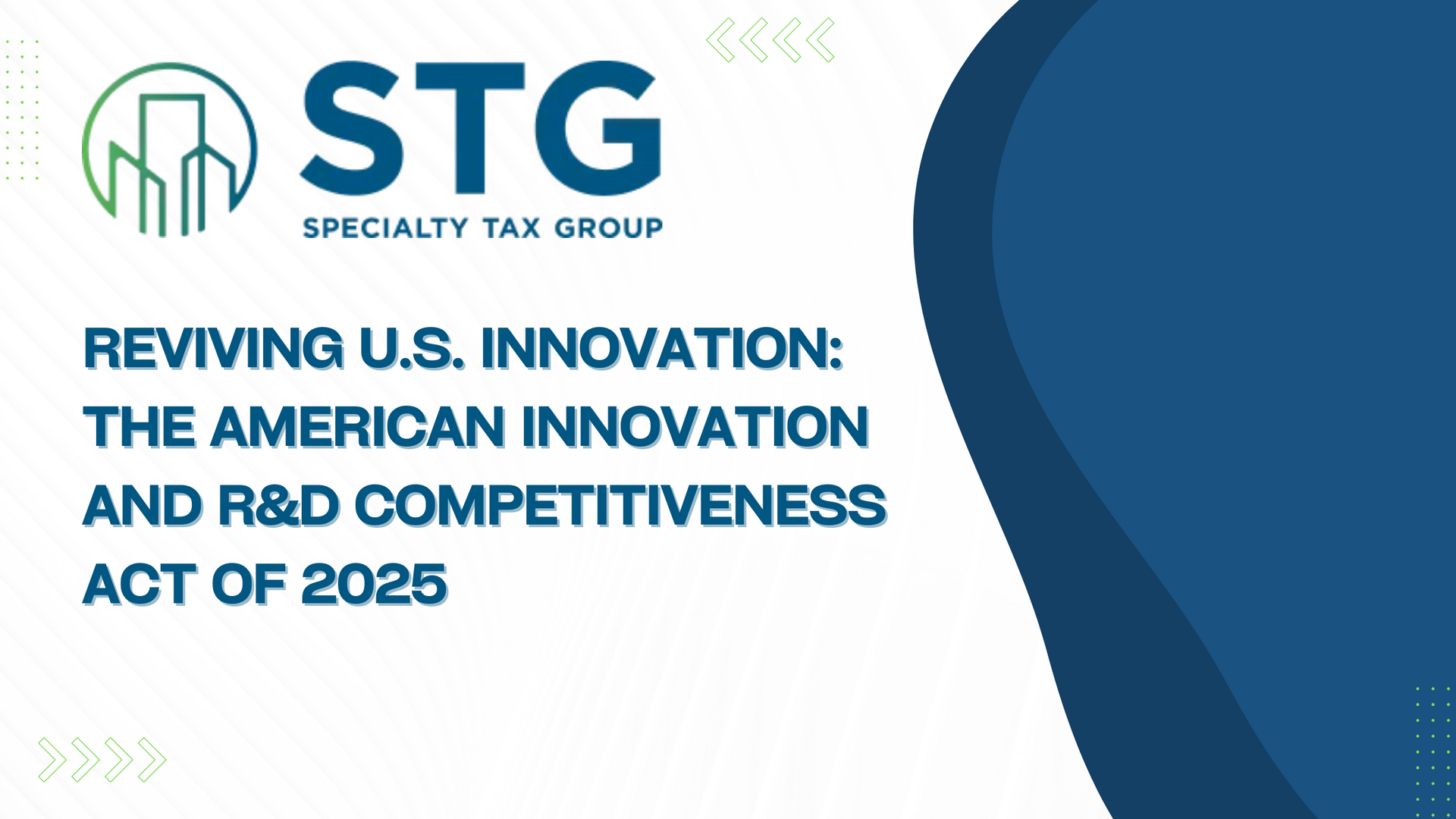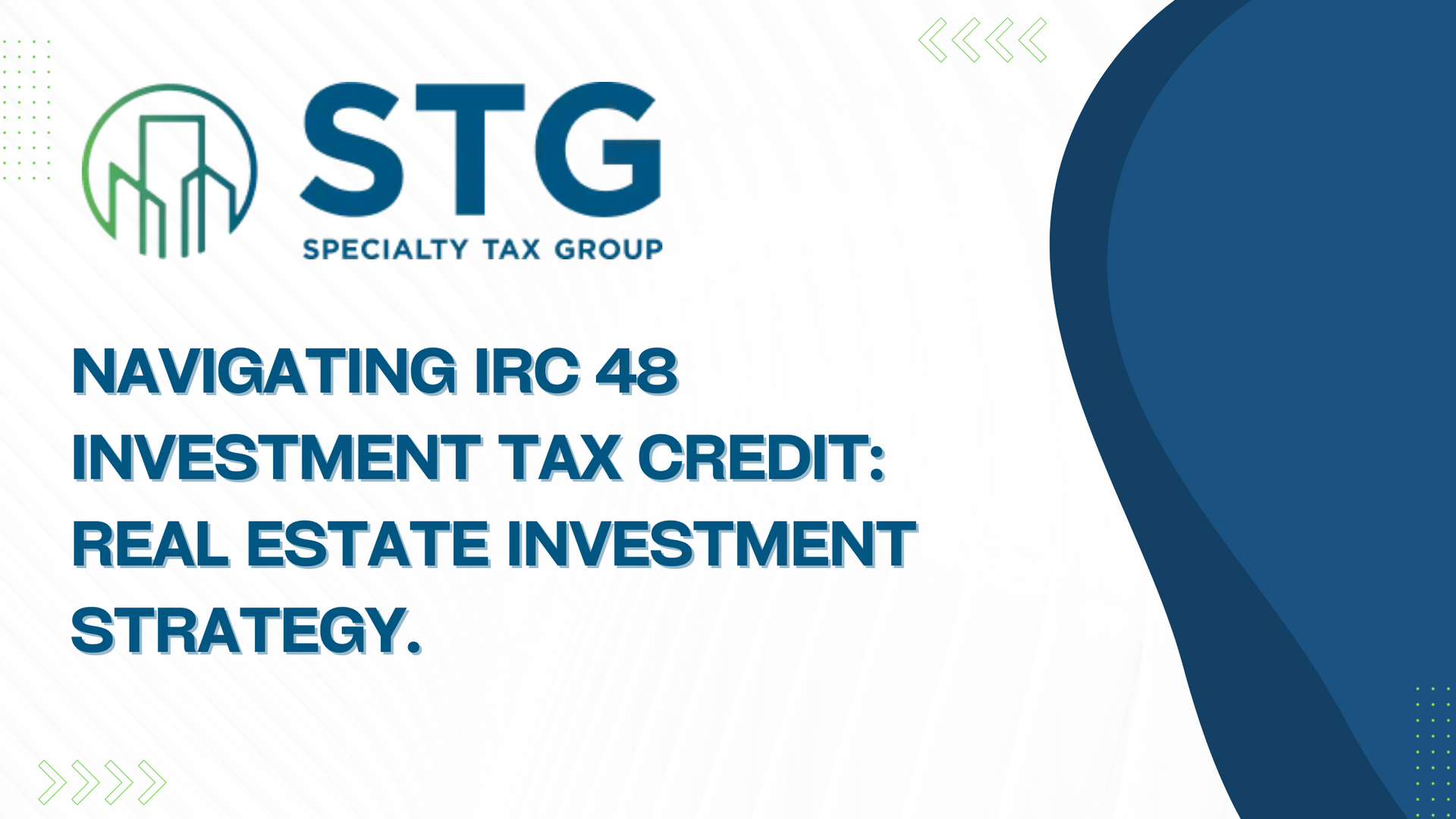This blog post has been researched, edited, and approved by John Hanning and Brian Wages. Join our newsletter below.
Newsletter Form

Fuel innovation and growth in your small business with up to $500,000 in yearly R&D tax credits
As a small business owner, research and development can open doors to new ideas, make you more competitive, and drive business growth. Tax credits for qualified R&D spending may be the spark your company needs."
As a small business, every dollar counts. The qualified expenses you already incur through developing new products and improving processes can translate into substantial tax savings through the federal R&D tax credit. As of the latest information available, small businesses can apply up to $250,000 of their research credit against payroll tax liability. However, there are proposed amendments under the American Innovation and Jobs Act that could potentially double this cap to $500,000.
This robust incentive can be a complete game-changer, yet many small companies aren’t even aware of their eligibility. Don’t leave this money on the table. Read on to discover how your small business can qualify and claim R&D tax credits.
What Activities Qualify for the R&D Tax Credit?
Many small businesses are conducting qualifying R&D activities every day without even realizing it.
Any project focused on developing or improving products, processes, formulas, inventions, techniques, or software likely involves systematic trial-and-error testing and experimentation.
These problem-solving efforts to develop technological advancements, upgrading functionality, reliability, quality, or performance can qualify your company for R&D tax credits.
Here are some examples of activities that may qualify:
- Developing new products, upgrades, formulas, or prototypes
- Creating new or improving existing processes
- Writing innovative software or developing new apps
- Engineering changes to equipment, tools, or machinery
- Implementing new design techniques or analysis methods
- Performing scientific research to improve performance
- Beta testing products or software
The key factor is that your technical team is identifying uncertainties and systematically working to eliminate them through an experimental process. This goes beyond routine testing or adjustments.
Calculating Your R&D Tax Credit
Now that you know your small business’s innovation initiatives may qualify, how do you calculate the value of your R&D tax credit?
Qualified research expenses includes costs like:
- Wages for technical team members
- Cost of raw materials and supplies used in R&D
- Contractor expenses for R&D services
There are two ways the credit can be calculated. One calculation method, called the Regular Research Credit (RRC) method, compares the current year Qualified Research Expenses (QREs) to the gross receipts for the prior 4 years. The Alternative Simplified Credit method compares the current year QREs to the prior 3 years QREs. Rest assured that Specialty Tax Group will look at both methods and then select the method with the higher benefit.
Claiming Your R&D Tax Credit
You’ll need to thoroughly track R&D wages, supplies, and contractor costs. Document your innovation projects and costs. With the right substantiation, claiming your tax credit is straightforward.
- Report qualified R&D costs on IRS Form 6765
- Claim the credit on Form 1120
- Provide supporting documentation on request
- Receive cash refunds or reduce future tax bills
R&D Tax Credit Benefits for Your Small Business
Claiming R&D tax credits unlocks a wealth of benefits for small companies:
Financial Benefits
- Receive up to $500,000 in annual cash refunds
- Free up capital to reinvest in growth
- Fund additional innovation initiatives
- Hire more technical team members
- Invest in equipment and supplies
Tax Benefits
- Carry unused credits forward up to 20 years
- Claim credits retrospectively for prior open tax years
- Stack R&D credits with other tax incentives
- Reduce your overall tax liability
Innovation Benefits
- Accelerate product development cycles
- Enhance proprietary assets and IP
- Stay on the cutting edge of your industry
- Boost competitiveness
Partner with Experts to Uncover Your R&D Tax Credits
Don’t leave money on the table that could be fueling innovation and growth for your small business. The R&D tax credit experts at Specialty Tax Group help companies across industries document their credits and receive every dollar they deserve.
With deep technical expertise and a proven track record with the IRS, Specialty Tax Group manages the entire process from credit calculation and documentation to filing and audits.
Contact Specialty Tax Group today to uncover your optimal R&D tax credit opportunities!





